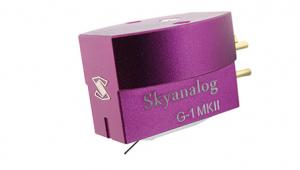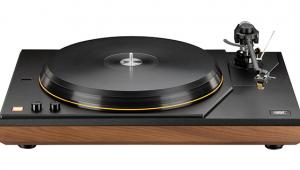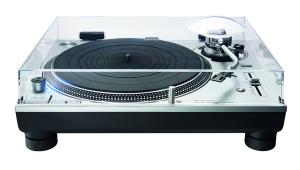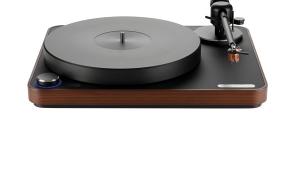AVID Boron Cartridge
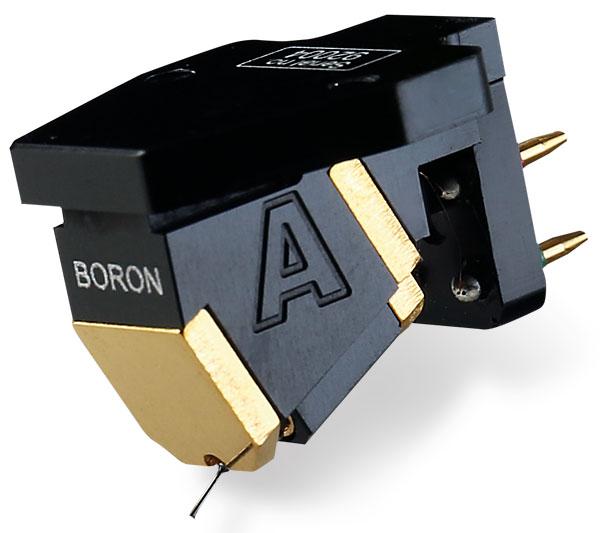
 AVID's trio of MCs are distinguished, principally, by choice of cantilever. The mid-range model uses boron in place of ruby, saving a whopping £2000. Is this the sweet-spot?
AVID's trio of MCs are distinguished, principally, by choice of cantilever. The mid-range model uses boron in place of ruby, saving a whopping £2000. Is this the sweet-spot?
Here we go again: a moving-coil cartridge that costs more than I paid for a near-mint, limited-edition Series 2 Mazda MX-5. With the rare hardtop. That said, I am sure AVID priced the Boron at £4000 for good reason, but let's skip over the entirely moot concept of 'value for money' and deal, instead, with sound quality. So the AVID Boron is the middle model in a three-cartridge lineup, and thus sells for a substantial £2000 less than the flagship Reference Ruby [HFN Nov '20].
Aside from a boron cantilever instead of ruby, hence the models' names, the Boron is identical to the company's flagship model, with the same micro-ridge stylus, tracking force and impedance. The entry-level Ionic has an aluminium cantilever, but an elliptical stylus, so comparisons of that model with its dearer siblings isn't simply a matter of varying cantilevers. You open up that other can of worms, which is the sound of different stylus profiles. Hey, I even know audio sages who swear by conical.
But many more of you have already experienced the underlying feature of this review, which is this – beyond any doubt, cantilever materials can make a big difference to performance, as demonstrated by the Boron vs. the Ruby.
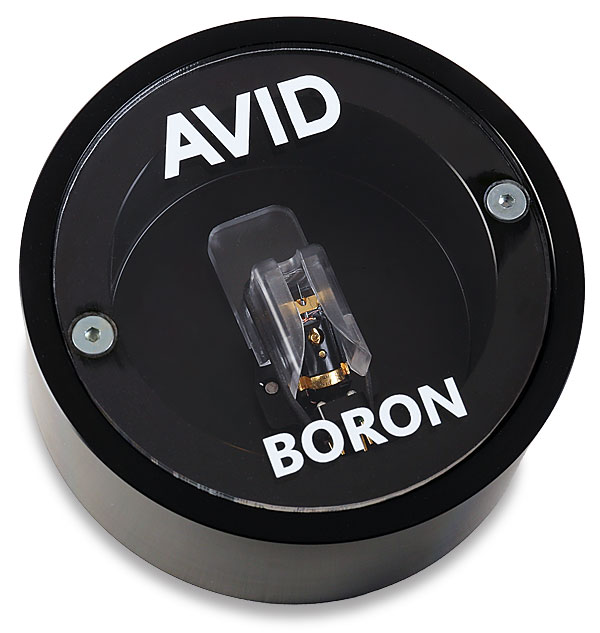
Pecking Order
Here's a thought for cartridge fetishists – what no-one has yet developed, as far as I can determine, is a pecking order for which of the following is the most important in defining a cartridge's sonic character: stylus profile, cantilever material, length, magnet type, internal wiring type, body material, body removal, etc.
Each parameter, I'm certain, has its own adherents, from brand-to-brand. Ultimately, though, it is a combination of all of these, so it's as arguable as whether or not a car's tyres are more influential than the dampers or steering when it comes to handling.
AVID is not alone in differentiating its top models by cantilever. Others include Koetsu, with its diamond cantilever option, Ortofon, Soundsmith, Lyra and, of course, Dynavector, who set the whole ruby/diamond cantilever thing ablaze some 40 years ago with its DV-17D and DV-23R pick-ups.
As AVID is following a logical, manageable and valid path to model differentiation, and as other materials also work for cantilevers, there is even scope for the brand to add models which fill the price gaps between the Ionic, Boron and Reference Ruby. For experienced enthusiasts there's an unexpected benefit to all of this. Thanks to other MCs using aluminium, boron, diamond, ruby, et al, we already know that these materials instil repeatable, characteristic sounds. What this means for the end-user, is that you can, with AVID's cartridges and others, simplify your selection process with this knowledge and, for example, rule out diamond cantilevers for a system that's a bit 'zippy' at the top, as diamond might exacerbate it.
As confirmed by PM's Lab Report, the move from the Reference Ruby to the Boron goes hand-in-hand with a measurable and predictable behaviour, and there were thus few surprises. Of course, anyone spending this amount of money on a cartridge will expect a controlled demonstration, and any AVID retailer prepared to part you of £4000 or £6000 for a cartridge should be equipped for comparing the two designs.
My own findings were so consistent with both PM's measurements and the aforementioned known traits of the materials that I'll present this to you not as chance to save £2000 but as a means of tuning your system. By this stage, we have accepted that we're in the loony-tunes pricing sector and that financial prudence has long been abandoned!
![]() Silky Cuts
Silky Cuts
Having already fitted a Reference Ruby, I was prepared for the long, exposed cantilever daring me to snap it. That threat aside, this cartridge is a dream to install, and I noted that the new stylus cover is a tight fit, as opposed to the cover of the earlier Ruby which had a tendency to slide off. Meanwhile, the flat sides aid in alignment, while the space between the underside of the cartridge and the playing surface means you have a clear view of whichever alignment template or protractor that you are using.







